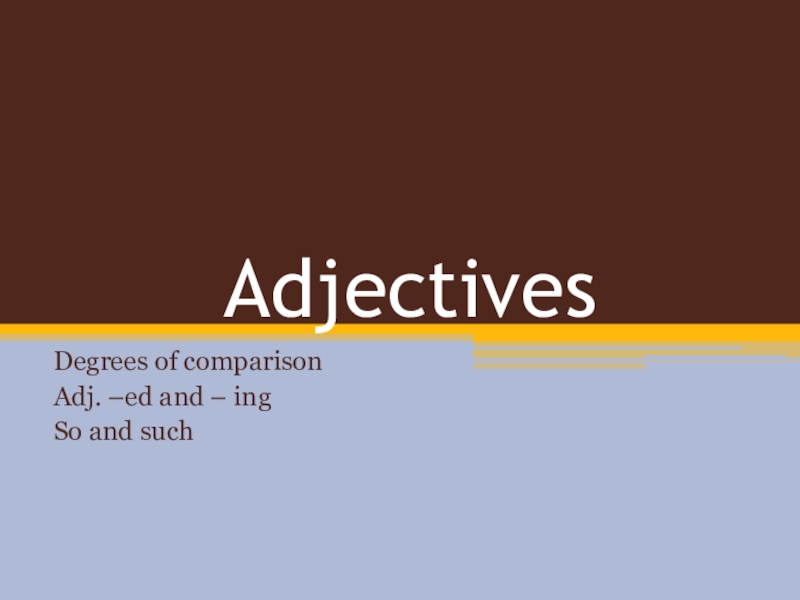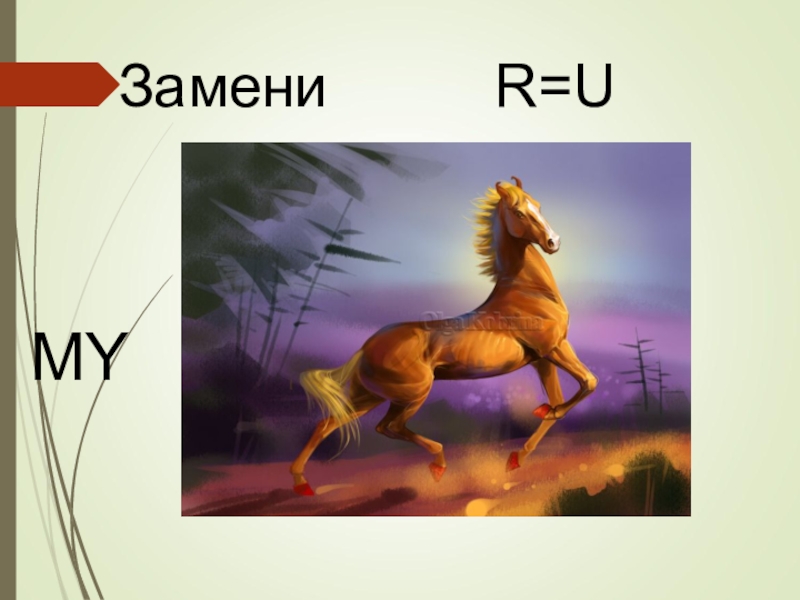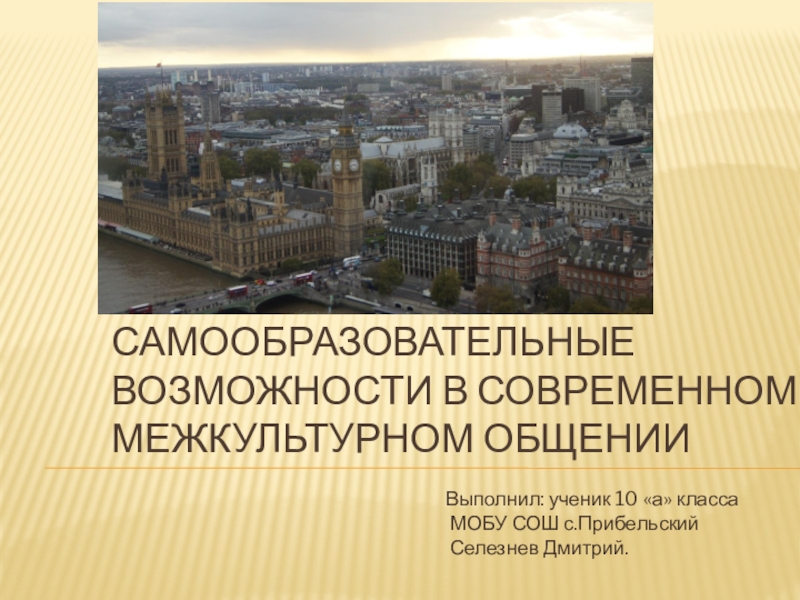- Главная
- Разное
- Образование
- Спорт
- Естествознание
- Природоведение
- Религиоведение
- Французский язык
- Черчение
- Английский язык
- Астрономия
- Алгебра
- Биология
- География
- Геометрия
- Детские презентации
- Информатика
- История
- Литература
- Математика
- Музыка
- МХК
- Немецкий язык
- ОБЖ
- Обществознание
- Окружающий мир
- Педагогика
- Русский язык
- Технология
- Физика
- Философия
- Химия
- Шаблоны, фоны, картинки для презентаций
- Экология
- Экономика
Презентация, доклад по английскому на тему Ньютон
Содержание
- 1. Презентация по английскому на тему Ньютон
- 2. Isaac Newton (25.12.1642 - 20.03.1727) - English physicist, mathematician and astronomer.
- 3. Isaac Newton was born on 25 December
- 4. Isaac Newton made a lot of discoveries
- 5. Between 1670 and 1672 he studied optics.
- 6. It should be noted that Isaac Newton
- 7. It is also known that between 1689
- 8. Opening
- 9. Telescope Isaac Newton
- 10. The Laws Of Isaac NewtonNewton's first lawThe
- 11. Newton's second lawNewton`s second lawDifferential law of
- 12. Newton's third lawNewton's third lawThe interaction of
- 13. The main achievements of Newton The main
- 14. Important dates of biography of Newton1643 —
- 15. 1669 Professor of mathematics at the College1672
- 16. Слайд 16
Isaac Newton (25.12.1642 - 20.03.1727) - English physicist, mathematician and astronomer.
Слайд 3Isaac Newton was born on 25 December 1642 at Woolsthorpe Manor
in Woolsthorpe-by-Colsterworth, Lincolnshire, England. His father was a wealthy farmer, who died 3 months before the birth of Isaac. His mother, Hannah Ayscough, married for the second time when Newton was three years old. Afterwards she left Isaac in the care of his grandmother and began to live with her new husband.
Слайд 4Isaac Newton made a lot of discoveries in mathematics, physics, astronomy
and other sciences. One of the most famous books of Newton is Philosophi? Naturalis Principia Mathematica. It was published in 1687. There are a lot of important discoveries in this book including universal gravitation and three laws of motion. The first practical reflecting telescope was also invented by Newton.
Слайд 5Between 1670 and 1672 he studied optics. As a result Newton
showed that a prism could decompose white light into a spectrum of colours. Isaac Newton is an author of the development of differential and integral calculus and he shares this mathematical discovery with Gottfried Leibniz. As legend has it Newton developed the theory of gravitation when he watched an apple that fell from a tree. Isaac Newton also attempted to predict the end of the world and he supposed that the world would end no earlier than 2060.
Слайд 6It should be noted that Isaac Newton was religious and studied
theology. According to different sources he was Antitrinitarian. Newton studied the Bible and published some of his theological researches.
Newton also devoted his time to alchemy but he didn’t publish any alchemical works. It is known that mercury was found in his hair after his death. According to the suppositions this was a result of his alchemical experiments.
Newton also devoted his time to alchemy but he didn’t publish any alchemical works. It is known that mercury was found in his hair after his death. According to the suppositions this was a result of his alchemical experiments.
Слайд 7It is also known that between 1689 and 1690 and in
1701 Isaac Newton was a member of the Parliament of England. Isaac Newton never married and died intestate.
He spent last years of his life in the residence at Cranbury Park, near Winchester. He died in London in 1727. Isaac Newton was interred in Westminster Abbey. Many scientists consider Newton to be the greatest genius in the history of mankind.
He spent last years of his life in the residence at Cranbury Park, near Winchester. He died in London in 1727. Isaac Newton was interred in Westminster Abbey. Many scientists consider Newton to be the greatest genius in the history of mankind.
Слайд 10The Laws Of Isaac Newton
Newton's first law
The body moves uniformly or
is at rest if the resultant of all acting on the body forces equal to zero.
Слайд 11Newton's second law
Newton`s second law
Differential law of mechanical motion, describing the
dependence of the acceleration from the resultant of all applied to the body forces and body weight.
Слайд 12Newton's third law
Newton's third law
The interaction of two bodies on each
other are equal and aimed in opposite directions.
Слайд 13The main achievements of Newton
The main achievements of Newton
Newton — the
founder of mechanics, an important branch of physics.He owns three of the law that bears his name.Discovered the law of universal gravitation.Spread sunlight into a spectrum and back.Was the author of the popular corpuscular theory of light.Discovered "Newton's rings", by studying the interference of light.In mathematics, Newton became the founder of the integral notation.The author of the binomial, which also bears his name.Built a reflecting telescope.Explained from a scientific point of view, the movement of the moon around the Earth and the planets around the Sun.
Слайд 14Important dates of biography of Newton
1643 — birth
1655-1661 year training at
school Grantham
1661 — training at Trinity College at Cambridge University
1664, the year of the opening of the binomial, the degree of bachelor
1665-1667 "plague years", the discovery of the law of universal gravitation
1668 year — masters degree
1661 — training at Trinity College at Cambridge University
1664, the year of the opening of the binomial, the degree of bachelor
1665-1667 "plague years", the discovery of the law of universal gravitation
1668 year — masters degree
Слайд 151669 Professor of mathematics at the College
1672 — a member of
the Royal society of London
1677 — fire in the house Newton
1679, the year of the death of his mother
1687 "Mathematical principles of natural philosophy“
1689 — elected to Parliament
1691-1693 year — disease
1696 year, the custodian of the Mint
1699 — managing Mint
1703 President of the Royal society
1704 — "Optics“
1705 year — the rank of knight
1727 — death
1677 — fire in the house Newton
1679, the year of the death of his mother
1687 "Mathematical principles of natural philosophy“
1689 — elected to Parliament
1691-1693 year — disease
1696 year, the custodian of the Mint
1699 — managing Mint
1703 President of the Royal society
1704 — "Optics“
1705 year — the rank of knight
1727 — death





















